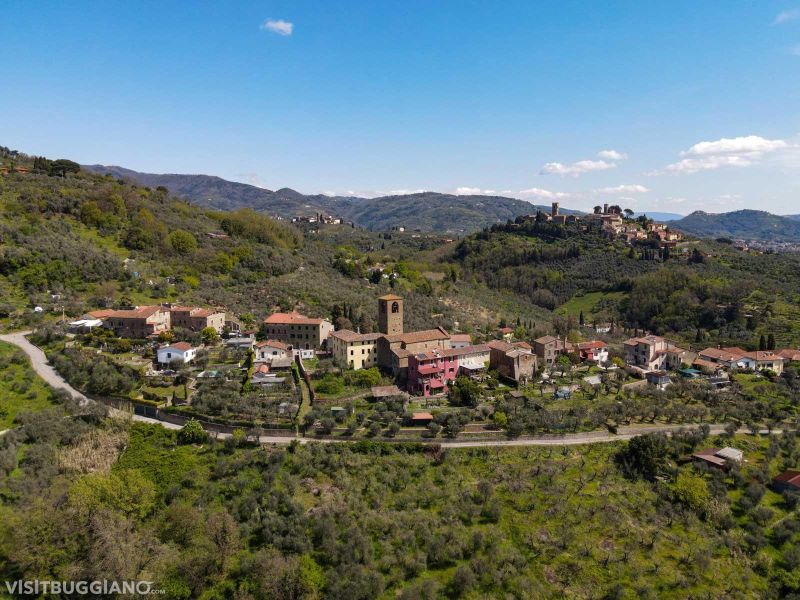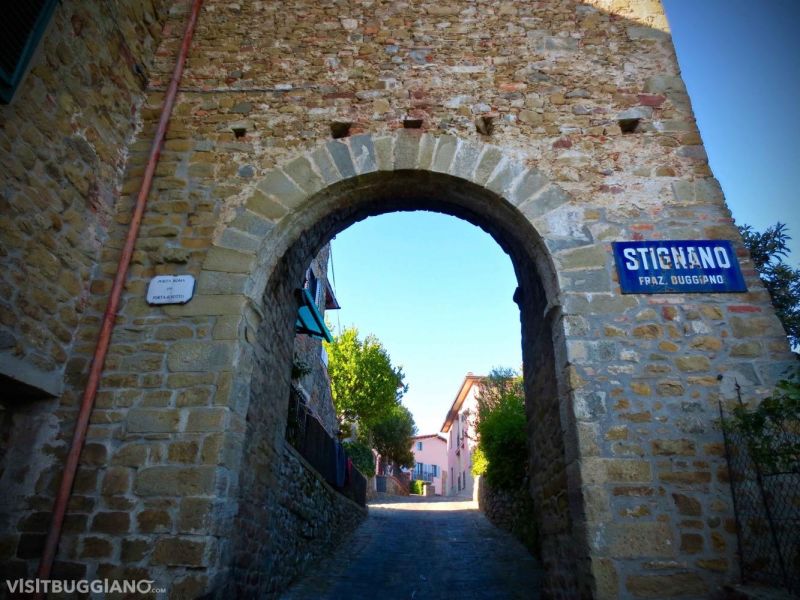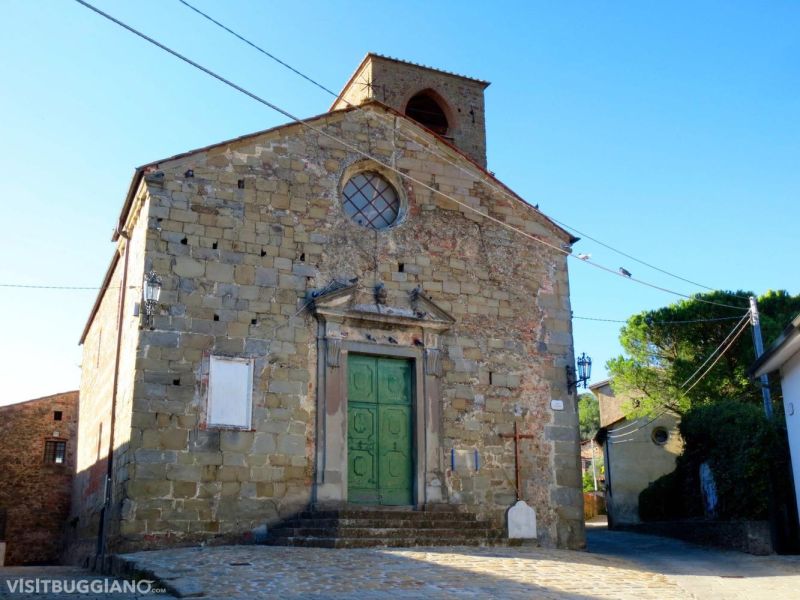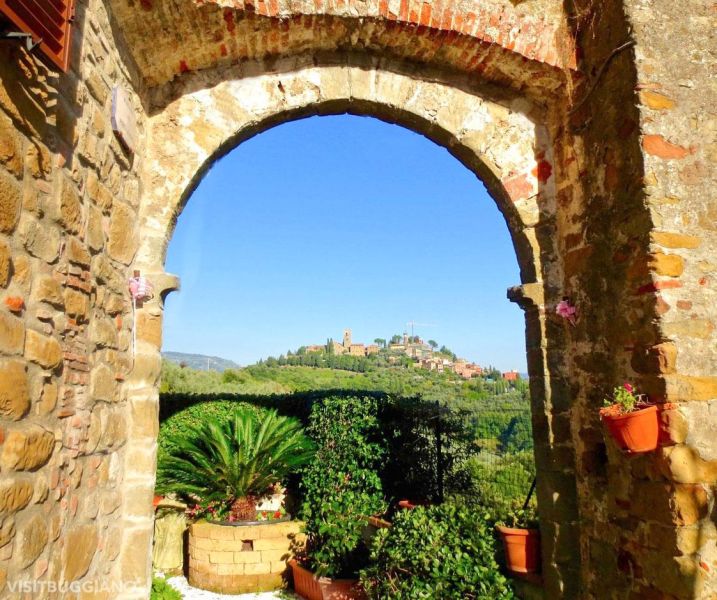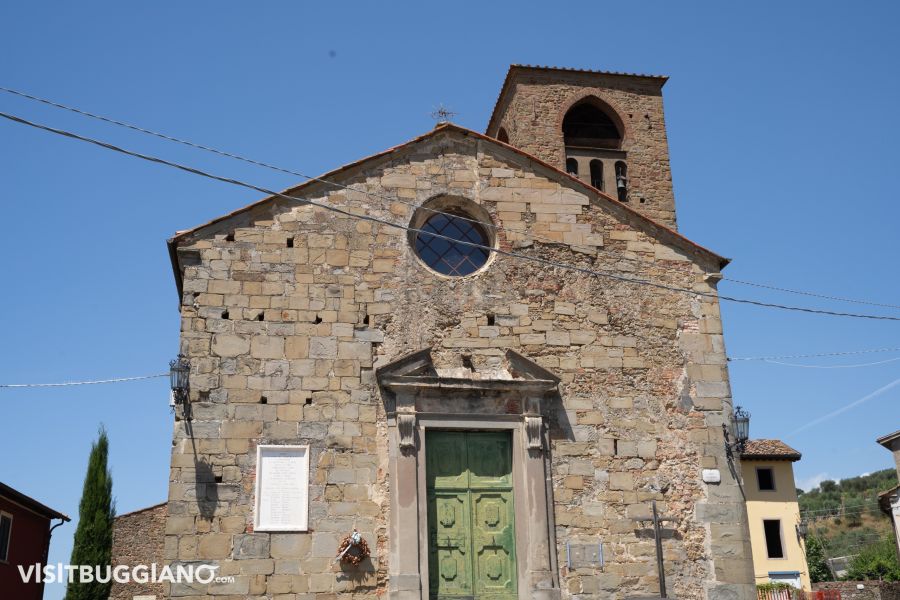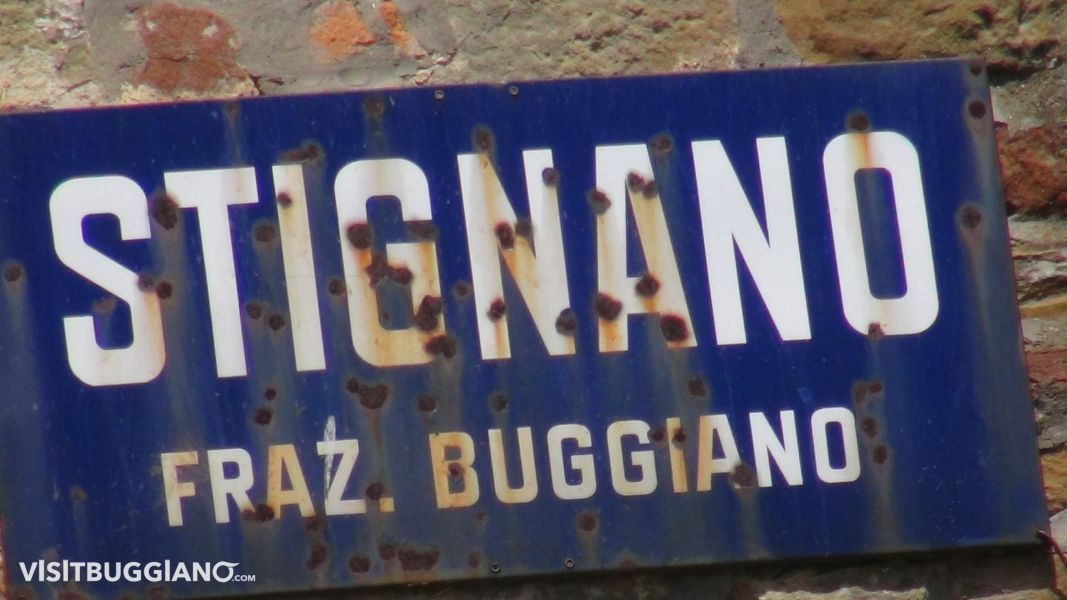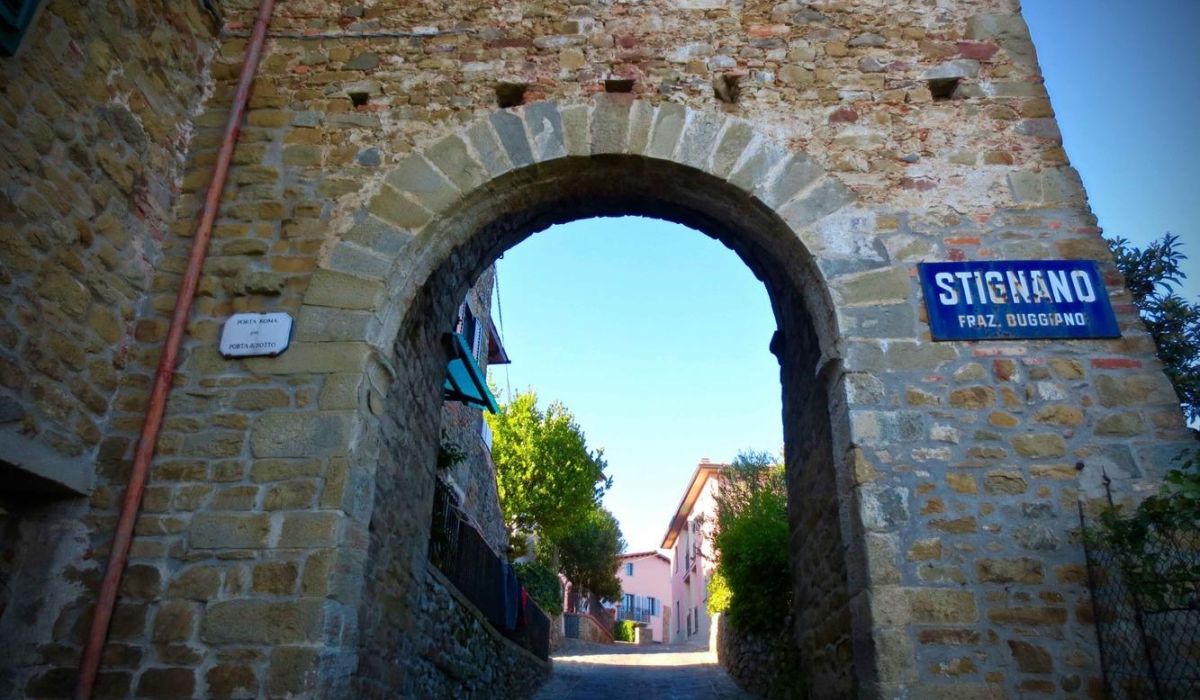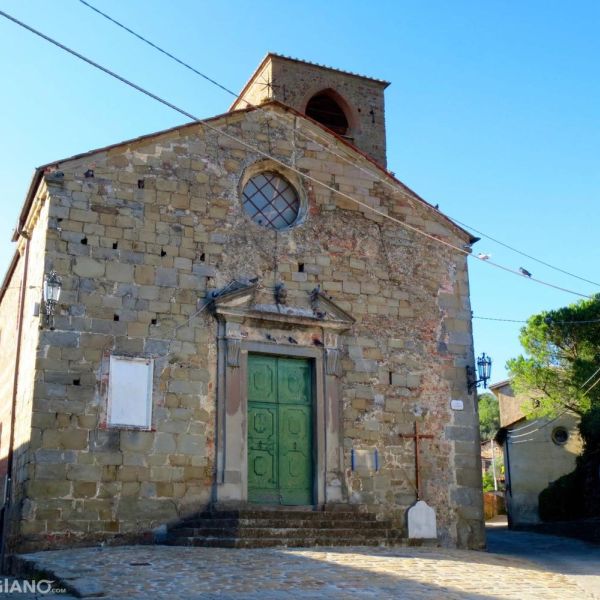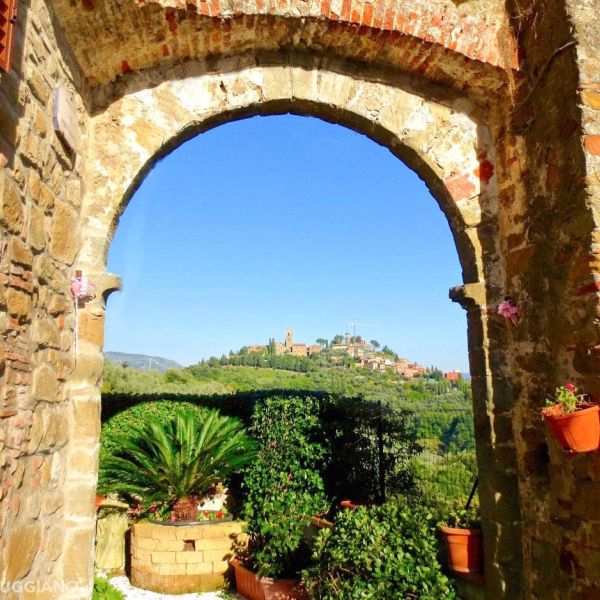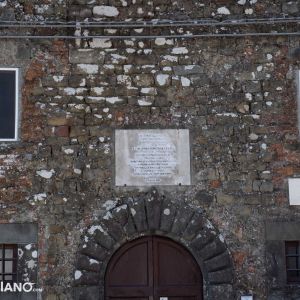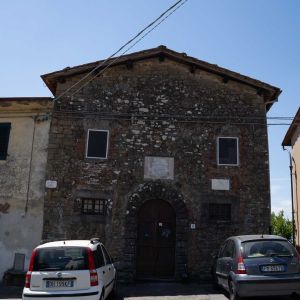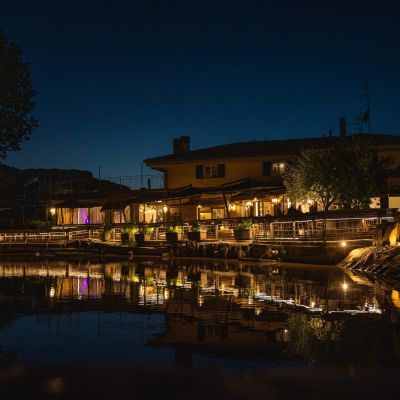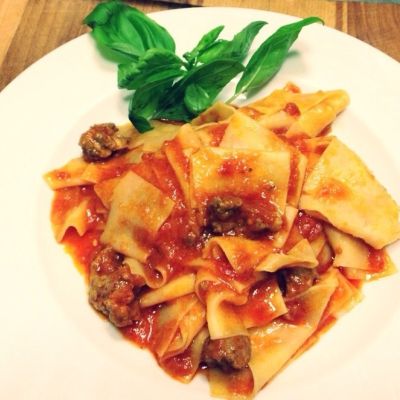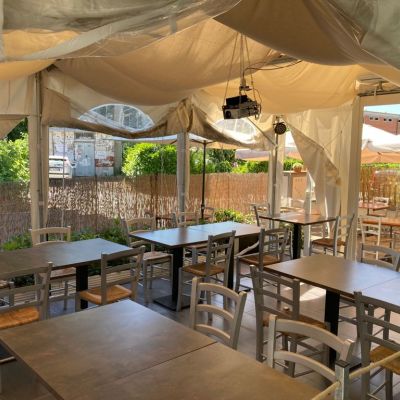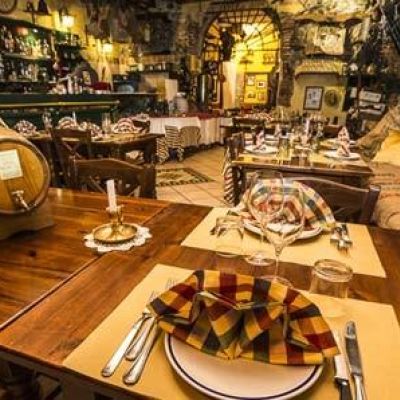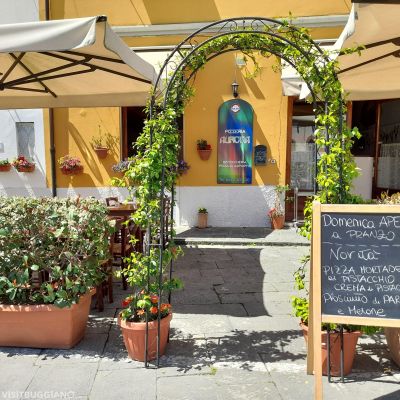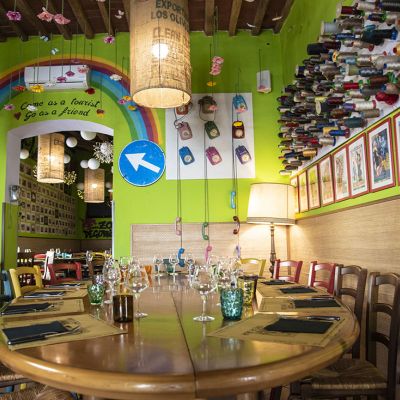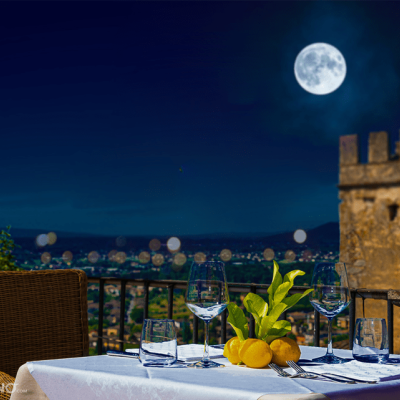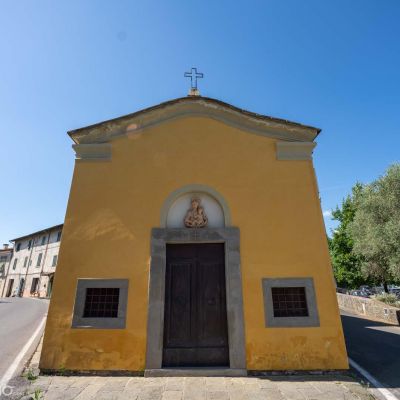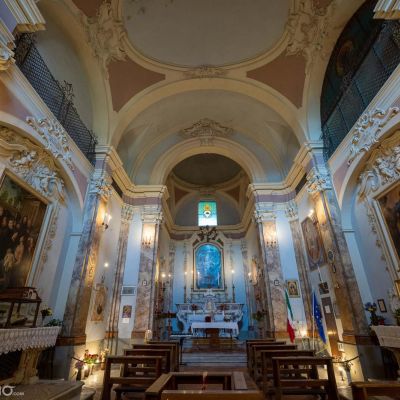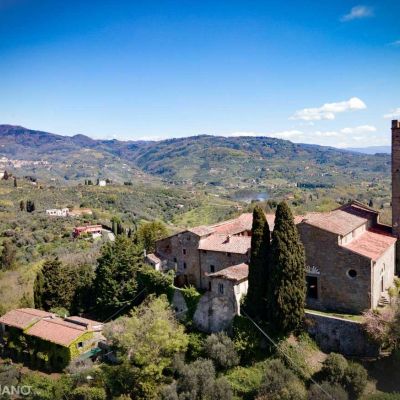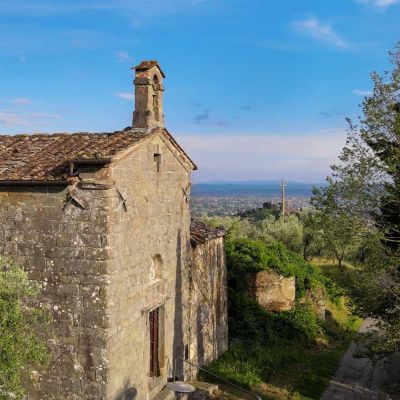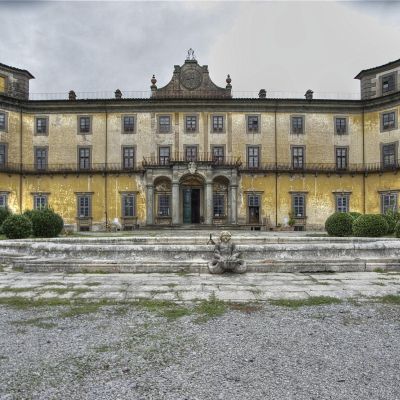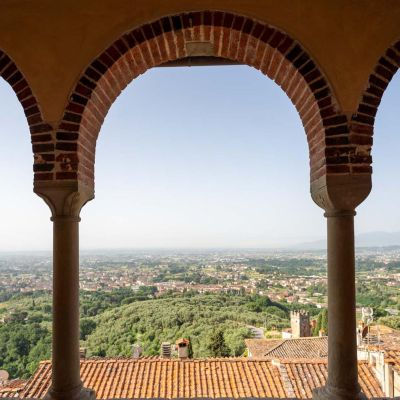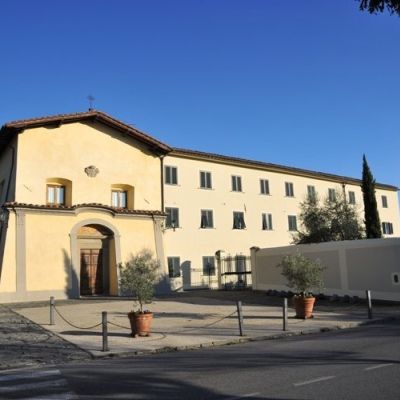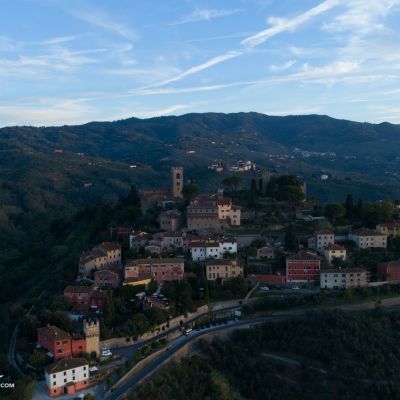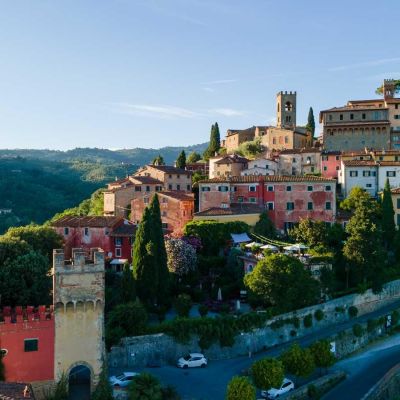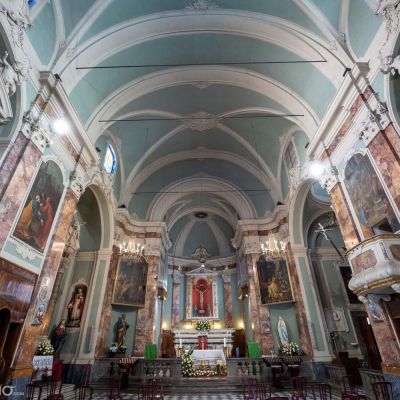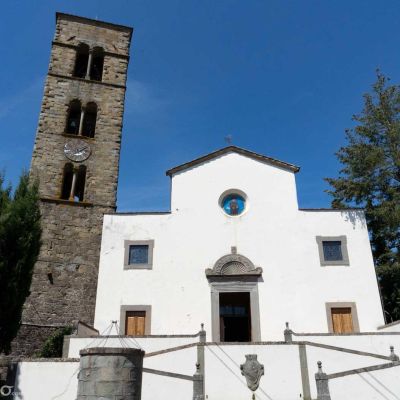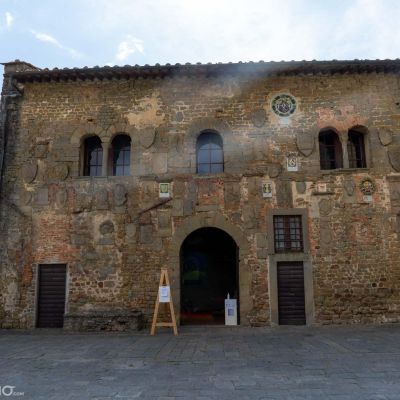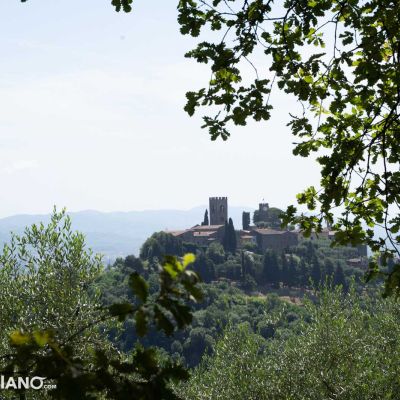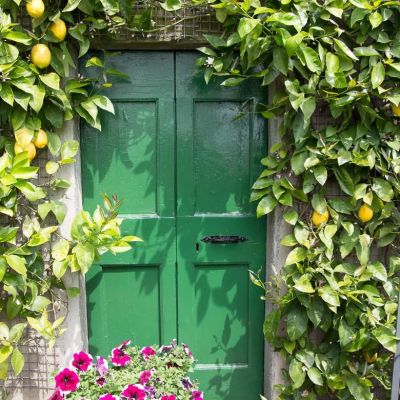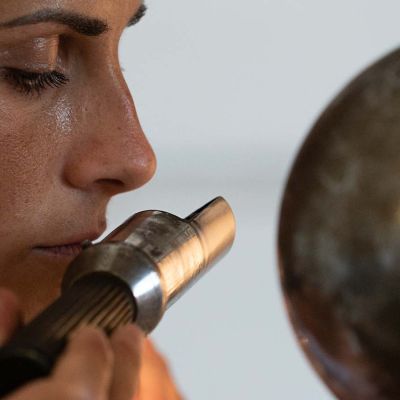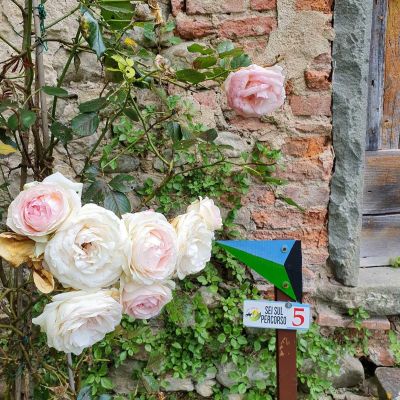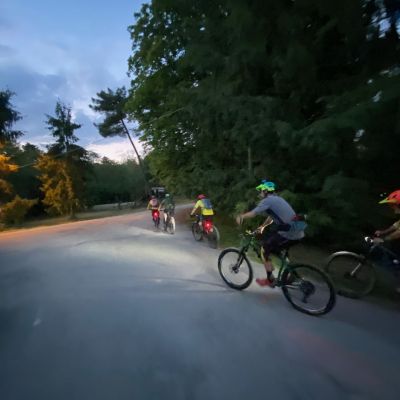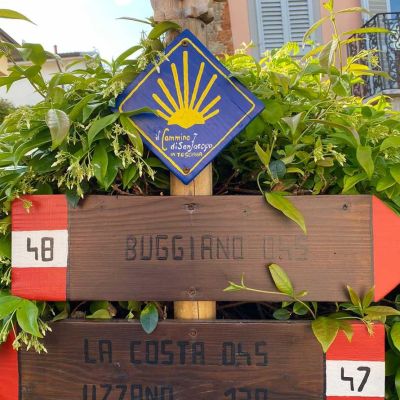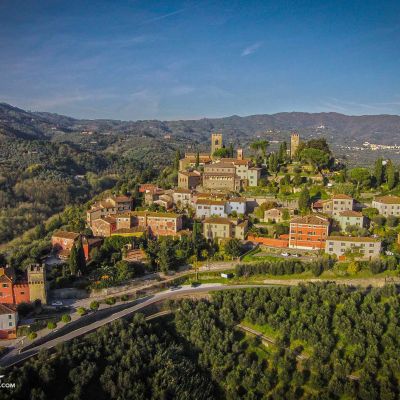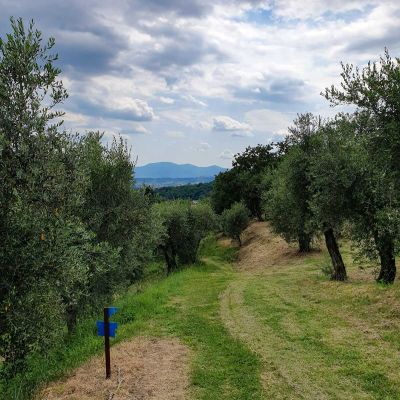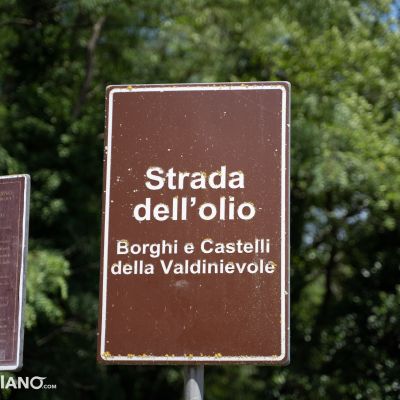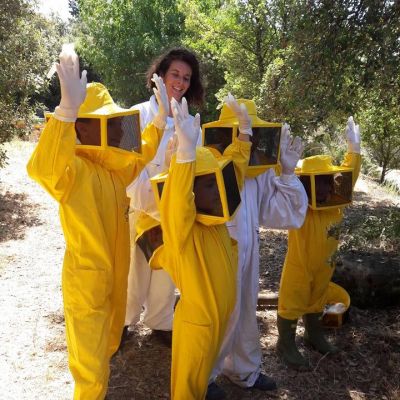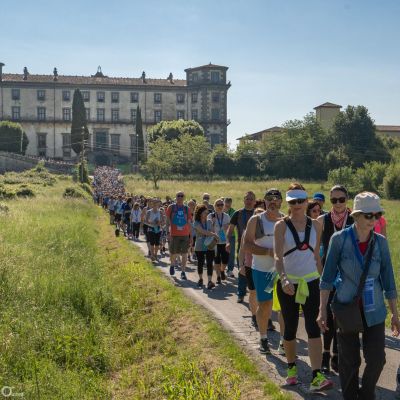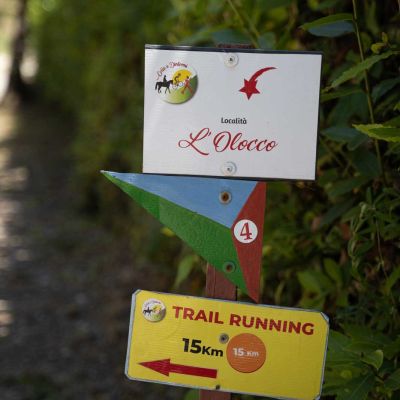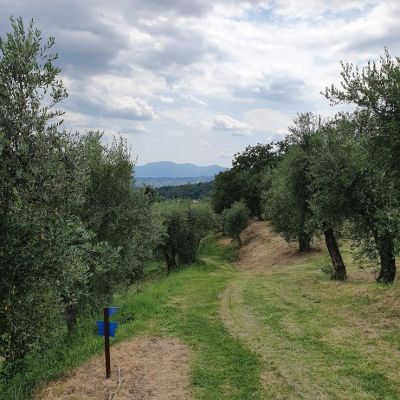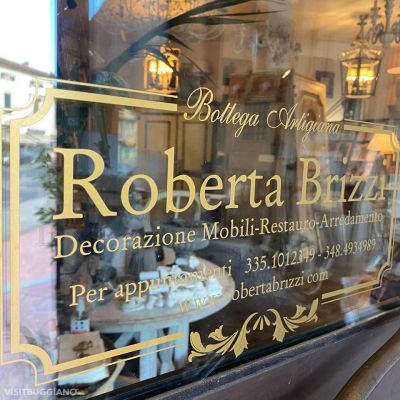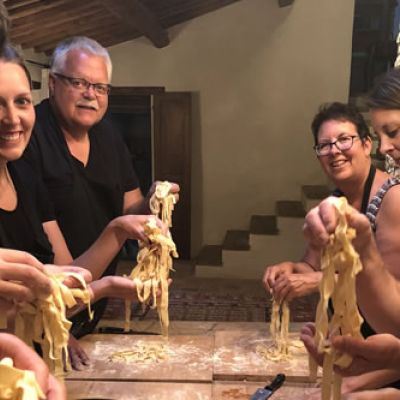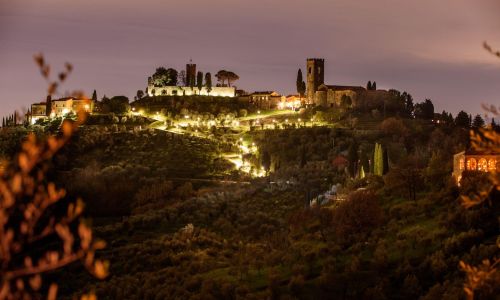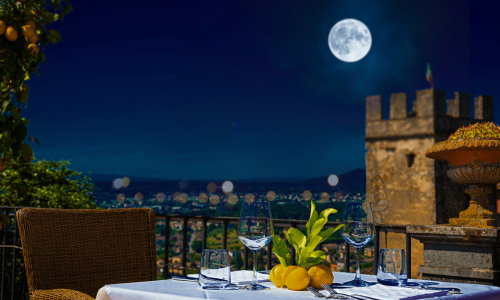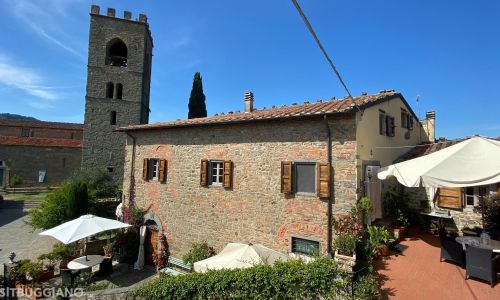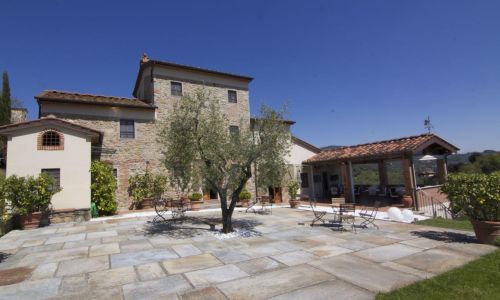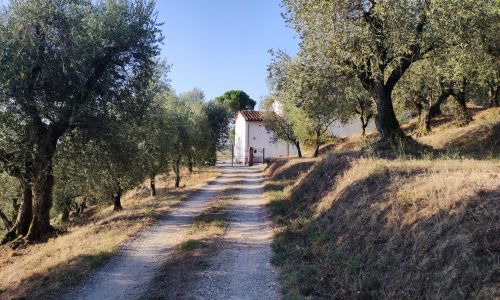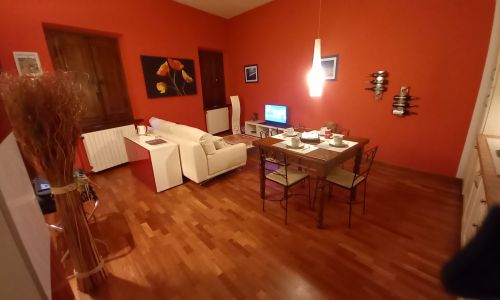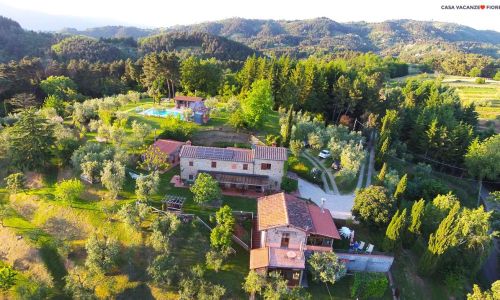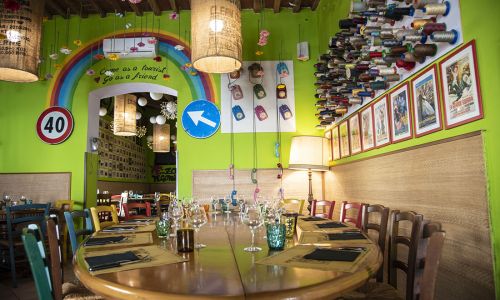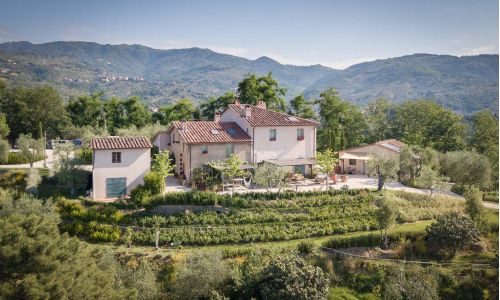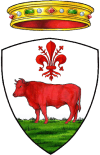Surrounded by olive trees, Stignano is a small town with very ancient origins.
The charming entrance from the Porta Romana, facing south-east, takes you after a few steps in the central and unique square of the town.
Here it is recognized a characteristic stone house, despite having suffered damage and remaking over time because of the many looting and fires suffered by the country, still shows a plaque that indicates it as the birthplace of Coluccio Salutati.
Nearby is the Romanesque Church of St. Andrew, whose reference is already present in a catalog of 1260.
The interior has undergone several changes over time but still retains fifteenth-century frescoes and paintings on canvas and beautiful wooden furnishings.
On the square there is also a very special display case, which has the function of “suspended library” Among the inhabitants was born a real custom to make available and exchange books to read!
Another gate, which was once used as access to the village and incorporated into the city walls, still retains many original elements. Called Porta Pia or Folavento, it opens to the sight towards the hill of Buggiano and comes natural to lean out a little and to look also below, the torrent Cessana.
The quiet and the silence reign in this small village, from which the view over the Valdinievole can be seen. We cannot remain indifferent to the enchanting landscape that surrounds the village, ancient houses, olive trees, cypresses, all the typical elements of the Tuscan landscape.
You can pass by Stignano following one of the many trekking trails that pass through here and discover hidden corners of Tuscany.
To see
- Porta Romana
- Birthplace of Coluccio Salutati
- Pieve di Sant’Andrea Apostolo
- Porta Pia
In the fourteenth century the Duke of Milan claimed to “receive more damage from the letters of Coluccio than from the arms of the Florentines with whom he was at war or an army of 20,000 soldiers”.
Stignano has very ancient origins and the toponym that characterizes it probably comes from the name of a Roman soldier who was assigned a portion of territory following a victory in these places.
It is frequent in fact in all the toponymy of the Commune the use of predictial terms (that is derived from names of persons and adjectives) in order to identify a locality.
According to legend, the first to inhabit it were the Goths, won by Narsete, general of Justinian from whom the country would take its name. But probably the origin is even more ancient as it suggests the discovery of a green travertine axe dating from before the Stone Age.
In the Middle Ages Stignano, like Colle di Buggiano, was under the power of the “Da Buggiano” who dominated the whole area and joined the pact that gave birth to the new Municipality of Buggiano with an aggregation of different castles.
Here in 1331 was born Coluccio Salutati, one of the initiators of humanism, and chancellor of the City of Florence. He played an important diplomatic role in curbing the ambitions of the Duke of Milan Gian Galeazzo Visconti, intending to create a state comprising central-northern Italy.
The town was subject to many looting and in 1430 its walls were destroyed at the hands of the Lombard soldiers of Francesco Sforza who came here in support of the Lucchese fighting with Florence for the dominion over the Valdinievole.
